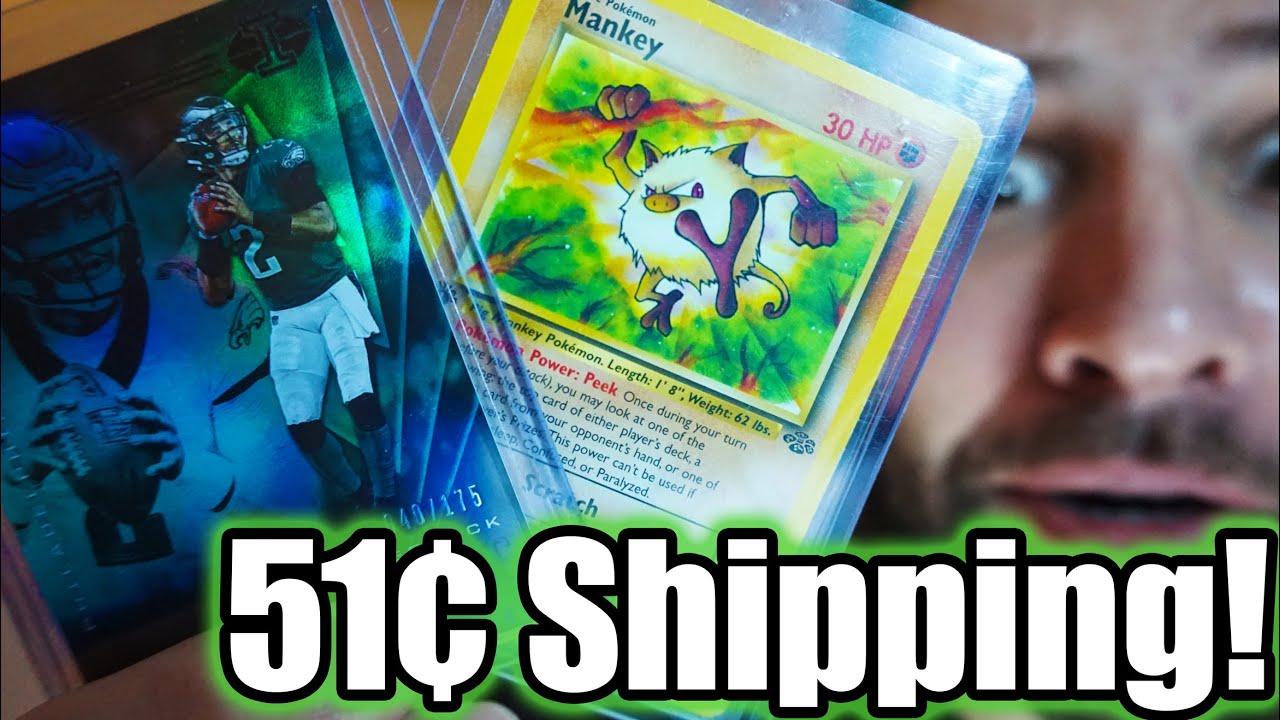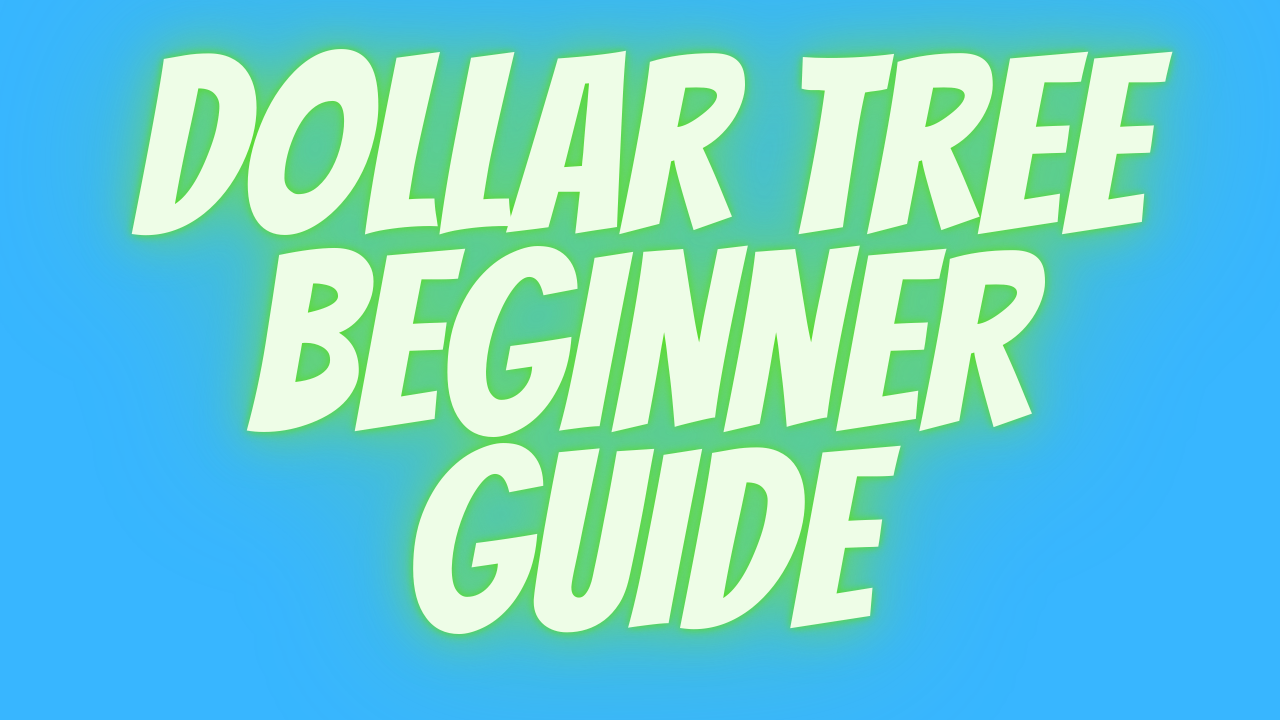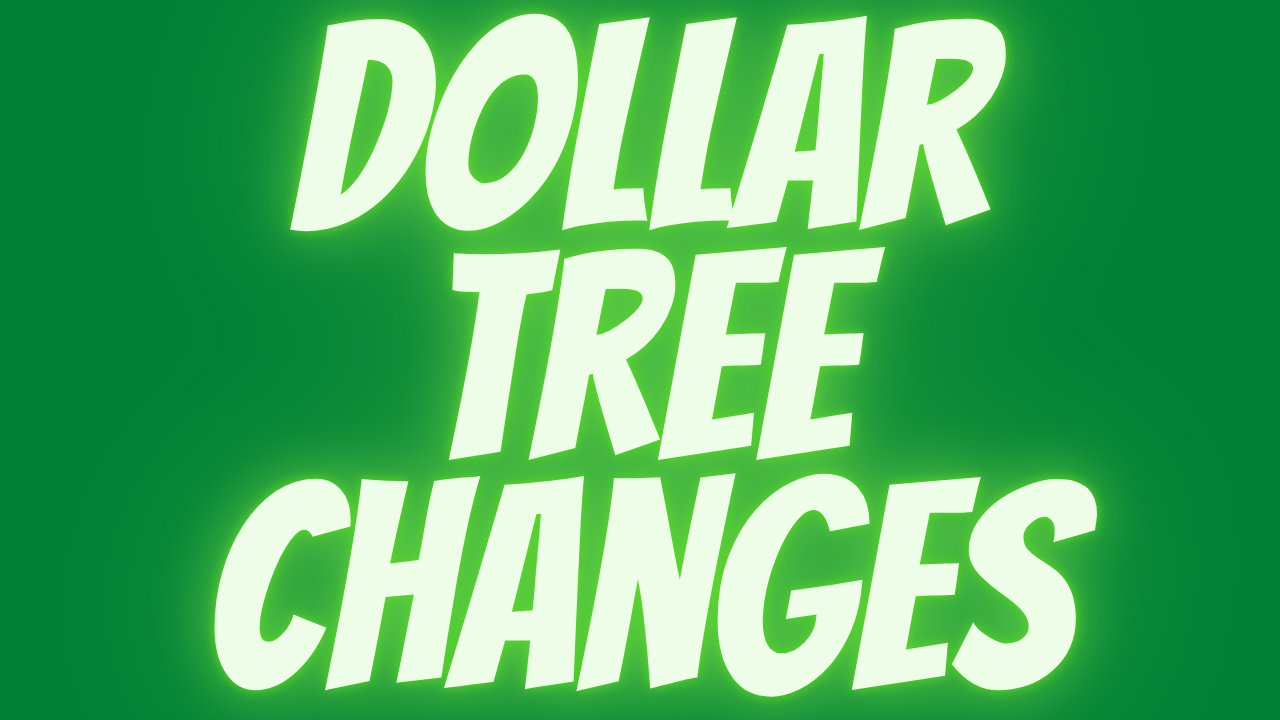Everything You Need to Know About eBay Standard Envelope Shipping
eBay recently announced that they were going to let sellers ship sports or trading cards in a standard sized envelope and that they would facilitate tracking if you purchased the shipping through ebay.com, this announcement didn’t come without suspicious sellers doubting that it could be done, so for this video, I will be talking about the program, explaining how it can be used and my predictions for how it will impact the future of ebay, and finally share my experience auctioning off about 2 dozen low value cards (and you’ll see why they have to be low-value in a minute) and they show you the process I use to make sure the cards arrive safely. This is going to be kind of an in-depth video on a very narrow topic, so I will include timestamps for each part in the description below.
What is ebay standard envelope shipping?
For as long as I’ve been a seller on eBay, you had to have tracking on your shipment. It’s that way on any online platform I can think of, amazon, mercari, etsy, etc… and if you ship things without tracking, you are probably going to both lose a lot of money from customers magically not getting the packages and get kicked off the platform for not having high enough delivered package metrics. The world of online sales really all revolves around seller’s uploading tracking numbers, sending buyer’s tracking numbers, and the platform using whatever tracking number you provided to verify that the item actually was sent/received. This was fine 15 years ago when the first class mail prices were, in some cases, less than half what they are today, but as of 2021, the lowest you’re going to expect to pay on any first-class tracked shipment is going to be around $3. You can get it for less than $3 in limited circumstances, but for the most part and certainly going forward, the cost of shipping small parcels is only going to get more and more expensive. I wouldn’t be surprised if we see $5 min shipping rates by the end of the decade, it would put the US on par with a lot of the world when it comes to small domestic shipments, although I would bet that they’re going to continue to increase too. Without getting into the details of inflation and price creep, I just want to make it very clear that shipping items in a standard envelope with tracking is going to cost you a fraction that it would if you were to use the same exact packaging and slap a first-class label on it. Standard envelope shipping does not come without limitations, though, and you can’t just try to say “oh, but its in an envelope” when you ship out a funko pop that you managed to finagle into an envelope. I’ve seen the way some of you package items.
When you ship out an item using an ebay standard envelope with tracking, you need to make sure the envelope fits the size and weight requirements. Firstly, it cannot weigh more than 3 ounces. There is going to be three different price tiers for items that weigh below 3 ounces, that being 3 ounces at 91 cents, 2 ounces at 71 cents, and 1 ounce at 51 cents. If its 1.5 ounces, you just round up to 2, but if it’s 3.5 ounces, you’re gonna be stuck paying first-class mail rates.
Beyond the size of the envelope being used (which directly impacts the size of the item you can send out using this method), there are also size requirements, The envelope, when filled with the item you are shipping out, cannot be smaller than 3.5” x 5”, larger than 6.125” x 11.5, and no thicker than .25”. There are currently also category requirements, but I will go over why I think these might be loosened in the future. For now, the total value needs to be below $20 (for insurance purposes, I assume), Ship no more than 15 raw cards per package per envelope (or up to 2 trading cards with top loaders), and no graded trading cards, although that generally is going to put you out of the $20 range. Furthermore, the envelope needs to be machine sortable, meaning the thickness is uniform, less than 0.25” inches at all points, and not too rigid, so no clasps or strings or buttons. The address needs to be parallel to the longest side and NOT enclosed in any sort of plastic material. This might seem limiting, and it’s meant to be, but it isn’t going to be so such a hassle that you shouldn’t pursue it. I was able to find a way to ship these in secure packaging that I bought in bulk on ebay for about $.05/per. In my opinion, this is a negligible price and if you’re considering selling cheap cards on ebay in bulk, something you absolutely have to have. I will show you in more detail how I ship the cards out in part 3 of this video. But now, part 2, how smart sellers can use ebay standard envelope shipping to make more money and what direction I think it’s going in.
How can you use ebay standard envelope shipping to make money?
If you’re watching this video, I doubt that your interest is entirely academic. Most likely, you’ve got a batch of cards that you want to sell with as low of cost as possible. Now, for the sake of total transparency, if you want to sell cards with as few costs as possible, you’re going to want to sell them locally. Have someone drive over to wherever you are and pay for the card or cards with cash. Then there’s no payment processing fee, no shipping fee, no chance the item gets lost in the mail, none of that, just cold hard cash and a paperless transaction. But there are problems with this, and sometimes paying the lowest amount of fees doesn’t always necessarily mean that you are getting the highest amount of profit. Sometimes, agreeing to pay more in fees opens up your product to a larger audience, so then it falls to you to decide if paying whatever specific marketplace’s fees makes sense for the benefits that selling on that marketplace gives you. For my money, I think doing penny auctions on low-value but still in-demand cards with standard envelope shipping makes sense. Listing the item on my phone takes a few minutes, and printing off the label and taking it to the post office with all my other shipments takes another few minutes. All said, I am probably about 8 minutes in on every listing. If I were really trying to be the most productive card lister that I could be, I would be doing things a lot differently, but for the purposes of this video, I don’t think that it really matters that I chose to list the cards individually on my phone instead of doing batch uploading and using a VA to create titles, for example. When I ship out these cards, I include a toploader and ship them in a thin cardboard mailer. My cost on those is about a nickel when it’s all added up- thats from buying in bulk quantities of 1000. If you are only looking to buy a smaller quantity, you are most likely going to pay more. One of the best investments a reseller can have is a large quantity of wide-variety of shipping supplies on hand, if you’ve got the space, so whenever you see these items come up for auction or go on sale and the price is pennies per unit, I think it’s a good time to buy them.
Although this is currently only limited to cards, I think that eBay is eventually going to expand this to all paper ephemera. And if they don’t, another large platform will. There are so many single-sheet ads, old postcards, and other collectible one-off sales occurring on ebay every single day that I would be very curious to hear the rationale for why expanding to other similar categories isn’t a good idea. Maybe it’s just not the direction they want to go, but I kind of doubt that. And it doesn’t just stop at old magazine inserts, I can imagine people buying old brochures, collectible business cards, autographs, and pretty much anything else paperthin that holds a small, but noticeable value. Even paper money could be on the horizon, although I think that probably will have more restrictions on if that something as mundane as 40-year old cigarette ad cutouts.
As previously stated, you aren’t going to be able to use this for any card with a value over $20, so if you auction the card off and it ends up for going MORE than $20, even if you’ve got “standard envelope” as the the selected method of shipping, you are still going to need to ship it with the previously used methods of shipping, most likely first class mail. This happened to me when one of the MIchael Jordan cards I auctioned off went for $28. I was kinda nervous when it was in the $20-$23 range because I knew that if it sold for that price, I’d actually be making less than if it sold for $19.99 and I was still able to use a 51 cent standard envelope. It’s a small amount and not anything worth getting upset about, but still, I saw it as a potential downfall to selling an item for more money, a very rare circumstance indeed. But now you’ve learned what standard envelope shipping is as well as how it can be used, so finally, for part 3, I will show you how I ship the items out.
How I Use It
This is my current process, it is simple and, in limited trials, it hasn’t produced any negative results. My letter is 6x6x less than a quarter inch. In some cases, I cut down the envelope to be 6 x 5 so it would have a longer side in which I would put the address parallel to the longest side, but I didn’t notice any difference when I did that so I stopped because it takes an extra 30 seconds to cut down one side and then tape over it. I place the card in a toploader, place the toploader in the envelope, and then tape the top of the toploader down. I do it like this because, when I did a few throw tests, when I didn’t tape the card down, it would sometimes fly out of the toploader and potentially get damaged. I don’t imagine there’s anyone at the post office using my envelopes like frisbees, but just in case it happens, why not be safe?
Using this method, I haven’t had any issues with items being delivered safely. My trials are limited but I don’t see there being any big issues that I am ignoring.
Hope this article helps you make some cash! And please make sure to check out my YouTube channel!




